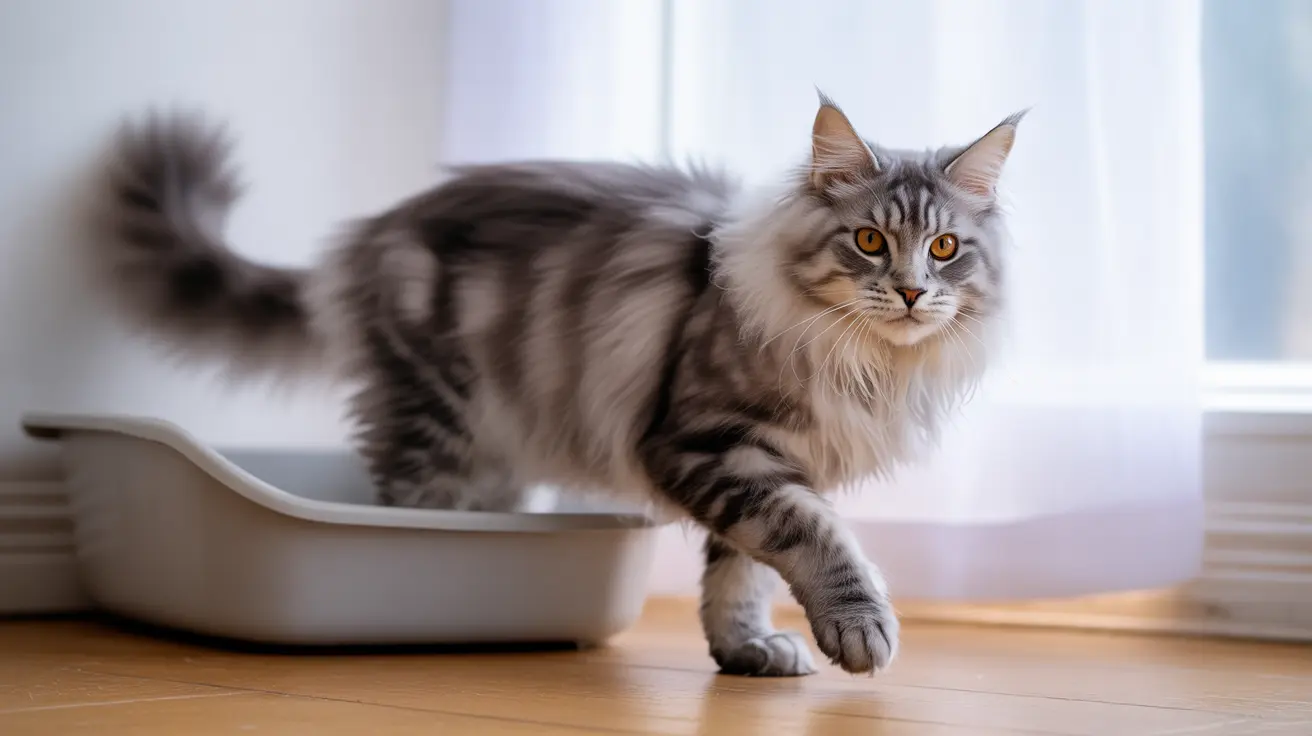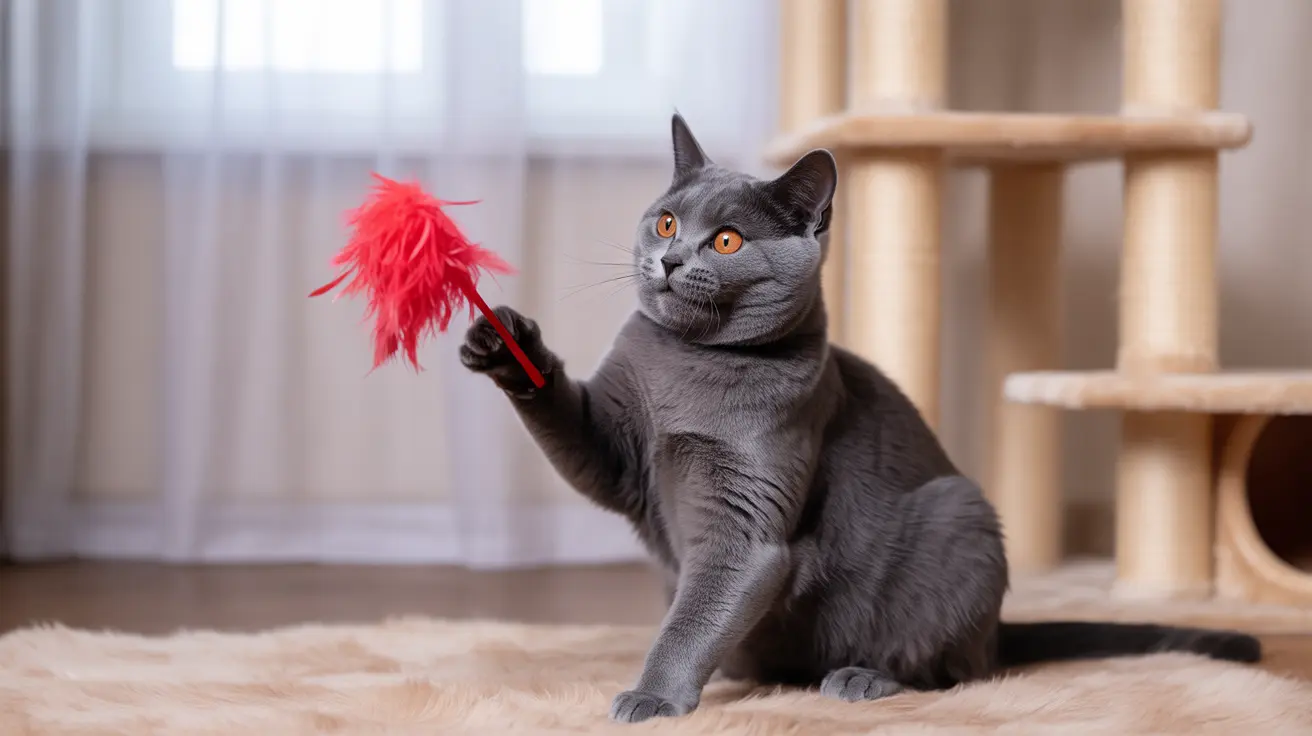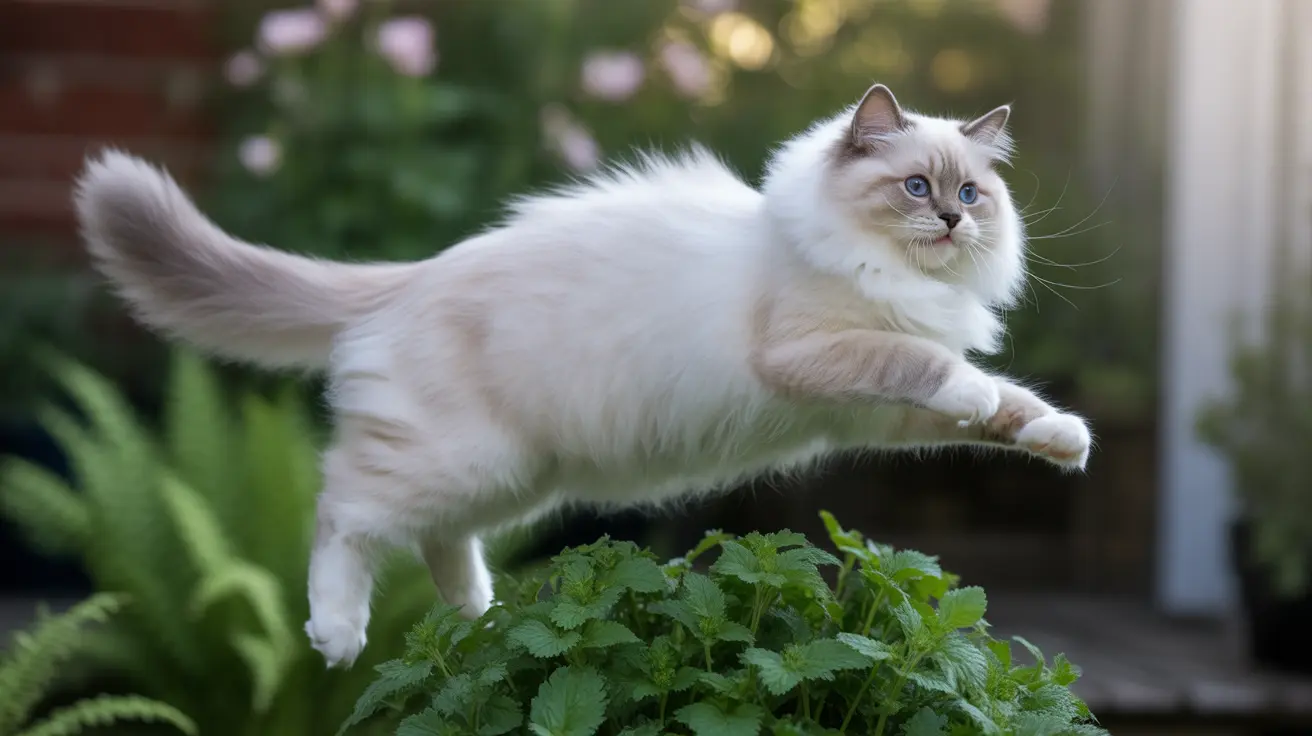Choosing the Best Cat Litter Box with Low Entry: A Complete Guide for Cat Owners
Finding the perfect litter box for your feline companion is crucial for both their comfort and your peace of mind. While it might seem like a simple purchase, choosing the best cat litter box with low entry requires careful consideration of your cat's specific needs, especially if they're senior cats or have mobility challenges. The right litter box can make the difference between a happy, healthy cat and one that develops elimination problems or stress-related behaviors.
Modern cat owners have more options than ever before, from basic plastic pans to high-tech self-cleaning systems. However, the most important factors remain unchanged: accessibility, size, cleanliness, and your cat's natural preferences. This comprehensive guide will help you navigate through the various options available and make an informed decision that prioritizes your cat's comfort and health while meeting your practical needs as a pet owner.
Understanding Your Cat's Litter Box Preferences
Cats have strong preferences when it comes to their bathroom habits, and understanding these preferences is essential for choosing the best cat litter box with low entry. Research and extensive testing have shown that cats generally prefer larger, uncovered boxes where they can see their surroundings. This preference stems from their natural instincts – cats are both predators and prey animals, so they prefer to maintain visibility while in vulnerable positions.
The ideal litter box should be at least 1.5 times your cat's body length, allowing them to comfortably turn around, squat, and dig. Most experts recommend boxes that are at least 60 by 40 centimeters for average-sized cats. This spacious environment reduces stress and encourages consistent use, which is particularly important for maintaining good litter box habits throughout your cat's life.
The Importance of Low-Entry Design
Low-entry litter boxes are essential for cats with mobility challenges, senior cats, or those recovering from surgery or injury. A low entry height makes it significantly easier for these cats to access their litter box without strain or discomfort. This feature becomes increasingly important as cats age, as many develop arthritis or other orthopedic issues that can make climbing into high-sided boxes painful or difficult.
When evaluating entry height, consider that even young, healthy cats can benefit from easier access. A box that's comfortable to enter encourages regular use and can prevent accidents outside the box. Many of the best-rated litter boxes feature low entry points combined with higher sides elsewhere to contain litter while maintaining accessibility.
Types of Cat Litter Boxes: Pros and Cons
Open Litter Boxes
Open litter boxes remain the most popular choice among both cats and their owners. These simple designs offer excellent ventilation, easy access, and allow cats to maintain visual awareness of their surroundings. The Frisco High Sided Cat Litter Box, made of BPA-free plastic with low entry and high walls, exemplifies this design philosophy. These boxes are spacious, suitable for cats of all sizes and ages, and effectively contain litter while remaining accessible.
The main advantages of open boxes include easy cleaning, good ventilation, and cat acceptance. However, they may not contain odors as effectively as covered options, and litter tracking can be more pronounced. Budget-friendly options like the Iris USA Open Top Litter Box prevent litter splatter with detachable walls and include scoops, making them ideal for smaller cats or multi-cat households on a budget.
Covered and Enclosed Litter Boxes
While covered litter boxes might seem like a logical choice for odor control and privacy, extensive testing reveals that cats often prefer uncovered alternatives. The Van Ness Pets EZ Clean Jumbo Enclosed Litter Box, despite its large size and ventilation features, showed that cats were hesitant to use boxes with swinging doors and generally preferred open alternatives.
Closed litter boxes with lids and flaps are not recommended due to poor ventilation and cats' natural aversion to enclosed, cave-like spaces. These designs can trap odors, create an uncomfortable environment, and may cause stress for cats who prefer to see their surroundings while eliminating.
Self-Cleaning Litter Boxes
Self-cleaning litter boxes represent the latest advancement in cat care technology, automating waste removal and reducing daily maintenance. The Whisker Litter Robot 4, priced around $649, offers a large, self-cleaning system that eliminates daily scooping requirements. Despite its size (22 by 27 inches) and need for power, it features app monitoring for cat visits and weight tracking.
Other notable self-cleaning options include the PetKit PuraMax 2, which offers a smaller footprint suitable for limited spaces while maintaining effective cleaning performance, and the HomerunPet CS106, which includes a self-refilling system with spacious interior and waste bin. However, cats may initially be hesitant to use these high-tech solutions, and some consistently prefer traditional boxes even after an adjustment period.
Specialty and Materials
Stainless steel litter boxes, such as the WoofiGo Stainless Steel Cat Litter Box priced around $58, offer superior hygiene and durability. These boxes feature nearly nonstick surfaces that make cleaning easier and can include partial enclosures for privacy. The material is particularly beneficial for cats with allergies or sensitivities, though regular cleaning is still necessary to prevent urine from being trapped between parts.
Top-entry boxes like the Iris Square Top Entry Litter Box effectively contain odors and reduce litter tracking with grooved lids, but they're not ideal for older cats due to the jump height required. These designs work best for young, agile cats in homes where litter tracking is a significant concern.
Choosing the Right Cat Litter
The type of litter you choose is just as important as the box itself when selecting the best cat litter box with low entry. Cat litter should be free of sharp or rough granules that could damage sensitive paw pads. Avoid perfumed or highly dusty litters, as these can irritate your cat's respiratory system and deter use.
Clumping litters work best with most litter box types, especially self-cleaning models, as they form solid masses that are easier to remove. However, some cats prefer non-clumping alternatives, particularly those with sensitive paws or respiratory issues. Natural litters made from materials like corn, wheat, or paper can be gentler options for cats with sensitivities.
Age and Health Considerations
Senior cats and those with mobility issues require special consideration when choosing both litter and litter box combinations. These cats benefit from softer, finer-textured litters that are easier on aging joints and paws. The litter depth should be sufficient for digging behavior but not so deep as to make movement difficult.
For cats with medical conditions or recovering from surgery, disposable litter boxes can be useful temporary solutions that eliminate the need for heavy lifting or extensive cleaning while maintaining hygiene standards.
Maintenance and Cleaning Best Practices
Proper maintenance is crucial for any litter box system, regardless of type or material. Boxes with shiny inner surfaces, particularly stainless steel options, are easier to clean and maintain over time. Regular cleaning prevents odor buildup, reduces health risks, and encourages consistent litter box use.
Establish a daily routine of removing waste and checking litter levels. Weekly deep cleaning with appropriate cleaners helps maintain hygiene and extends the life of your litter box. For self-cleaning systems, follow manufacturer recommendations for maintenance and component replacement to ensure optimal performance.
The number of litter boxes in your home should follow the "one plus one" rule – one box per cat plus one additional box. This ensures that each cat has access to a clean box and provides backup options if one becomes soiled or occupied.
Signs Your Cat Is Unhappy with Their Litter Box
Recognizing signs of litter box dissatisfaction is crucial for maintaining your cat's health and happiness. Common indicators include elimination outside the box, reluctant or hurried use, excessive scratching or digging, and avoidance of the litter box area entirely.
These behaviors can indicate various issues: box size inadequacy, uncomfortable entry height, dislike of litter type or texture, insufficient cleanliness, or location problems. Address these issues promptly by evaluating each aspect of your current setup and making necessary adjustments.
Troubleshooting Common Problems
If your cat suddenly stops using their litter box, start by ruling out medical issues with a veterinary consultation. Once health problems are eliminated, systematically evaluate your litter box setup. Consider whether recent changes in litter type, box location, or household routine might have triggered the behavior change.
Location is often overlooked but crucial – litter boxes should be placed in quiet, accessible areas away from food and water bowls. Avoid high-traffic areas or locations where your cat might feel trapped or vulnerable.
Transitioning to a New Litter Box
When introducing a new litter box, especially when choosing the best cat litter box with low entry for an aging or mobility-challenged cat, gradual transition is key. Place the new box alongside the existing one initially, allowing your cat to explore and investigate at their own pace.
Maintain the same litter type during the initial transition to minimize variables. Once your cat begins using the new box regularly, you can gradually remove the old one. This process may take several days to weeks, depending on your cat's personality and adaptability.
For senior cats or those with mobility issues, the transition to a low-entry box should be especially gradual. Monitor your cat's comfort level and be prepared to make adjustments if they show signs of stress or reluctance.
Environmental Considerations and Sustainable Options
Environmentally conscious cat owners increasingly seek sustainable options for both litter boxes and litter materials. Stainless steel boxes, while initially more expensive, offer superior durability and longevity compared to plastic alternatives, reducing long-term waste.
Natural, biodegradable litters made from recycled materials, corn, wheat, or paper provide eco-friendly alternatives to traditional clay-based products. These options often produce less dust and are gentler on both cats and the environment.
Consider the lifecycle impact of your choices, including manufacturing, transportation, use, and disposal. While some high-tech options like self-cleaning boxes require electricity, they may reduce overall waste by optimizing litter usage and extending intervals between complete litter changes.
Frequently Asked Questions
- What size litter box is best for my cat?
The ideal litter box should be at least 1.5 times your cat's body length and at least 60 by 40 centimeters for average-sized cats. This ensures your cat can comfortably turn around, squat, and dig without feeling cramped or restricted.
- Are covered litter boxes better than open ones?
Most cats prefer uncovered litter boxes because they provide better ventilation and allow cats to see their surroundings. Covered boxes can trap odors and create an uncomfortable, cave-like environment that many cats find stressful.
- How low should the entry be for senior cats?
For senior cats or those with mobility issues, look for litter boxes with entry heights of 3 inches or lower. The entry should be low enough that your cat can step in comfortably without jumping or straining their joints.
- Do self-cleaning litter boxes really work?
Self-cleaning litter boxes can be effective, but results vary by cat and model. The Whisker Litter Robot 4 and similar high-quality models work well with clumping litter, though some cats may be initially hesitant to use them and prefer traditional boxes.
- What type of litter works best with low-entry boxes?
Choose litters that are free of sharp or rough granules and avoid heavily perfumed or dusty options. Clumping litters generally work well with most box types, but softer, finer-textured litters may be more comfortable for senior cats or those with sensitive paws.
- How often should I clean my cat's litter box?
Remove waste daily and perform weekly deep cleaning regardless of box type. Self-cleaning boxes still require regular maintenance and component cleaning according to manufacturer instructions to ensure optimal performance.
- Can I use the same litter box for multiple cats?
Follow the "one plus one" rule: provide one litter box per cat plus one additional box. This ensures each cat has access to a clean box and provides backup options, reducing territorial disputes and elimination problems.
Conclusion
Choosing the best cat litter box with low entry requires balancing your cat's natural preferences with practical considerations like accessibility, cleanliness, and your household's specific needs. Open, low-entry designs consistently prove most popular with cats, while materials like stainless steel offer superior hygiene and durability for long-term use.
Remember that the most expensive or technologically advanced option isn't necessarily the best choice for every cat. Prioritize your feline friend's comfort, age-related needs, and natural behaviors when making your selection. A simple, well-sized, low-entry box with appropriate litter often outperforms more complex alternatives in terms of consistent use and cat satisfaction. By focusing on these fundamental principles and remaining attentive to your cat's individual preferences, you can create a comfortable, hygienic elimination environment that supports your cat's health and happiness throughout their life.






